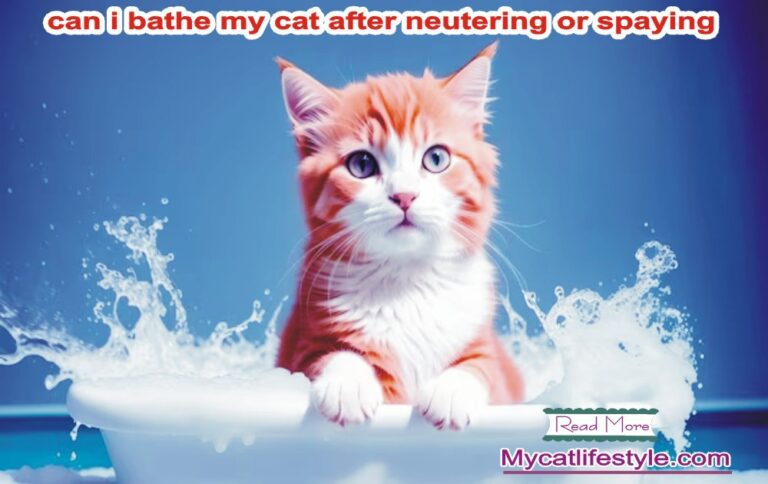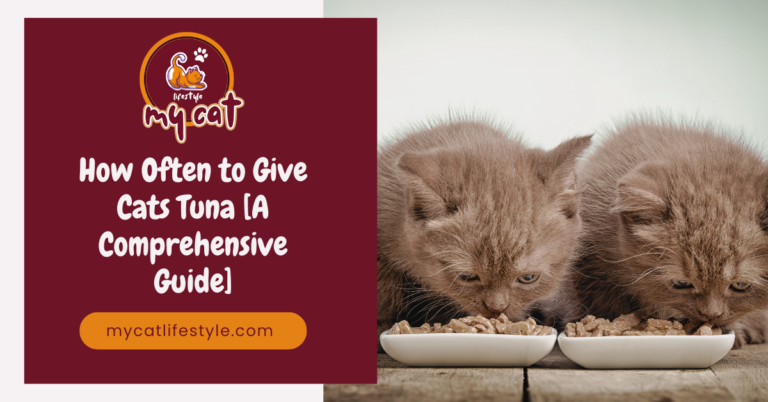My Cat Has A Urinary Tract Infection
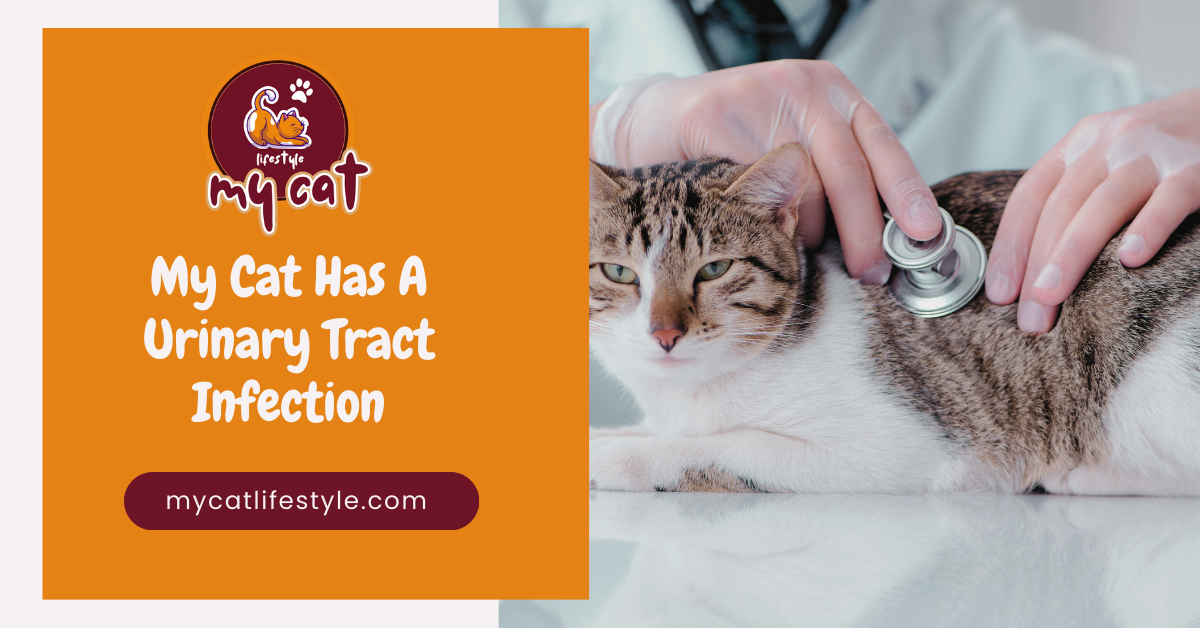
Urinary tract issues in cats are a widespread health concern, but many can be effectively managed from the comfort of home. So, what are the typical problems that cats face in this area?
The term Feline Lower Urinary Tract Disease (FLUTD) encompasses various conditions that can impact the bladder and urethra of cats. FLUTD often occurs in cats that are middle-aged and overweight (usually over 10 years old), those that engage in minimal physical activity, primarily stay indoors using a litter box, lack access to the outdoors, and, notably, consume a diet primarily of dry food (kibble).
The underlying causes of FLUTD can range from bacterial infections, bladder inflammation (cystitis), different types of bladder stones (uroliths), stress, tumors, unusual structure or formation of the urinary tract, to dietary factors.
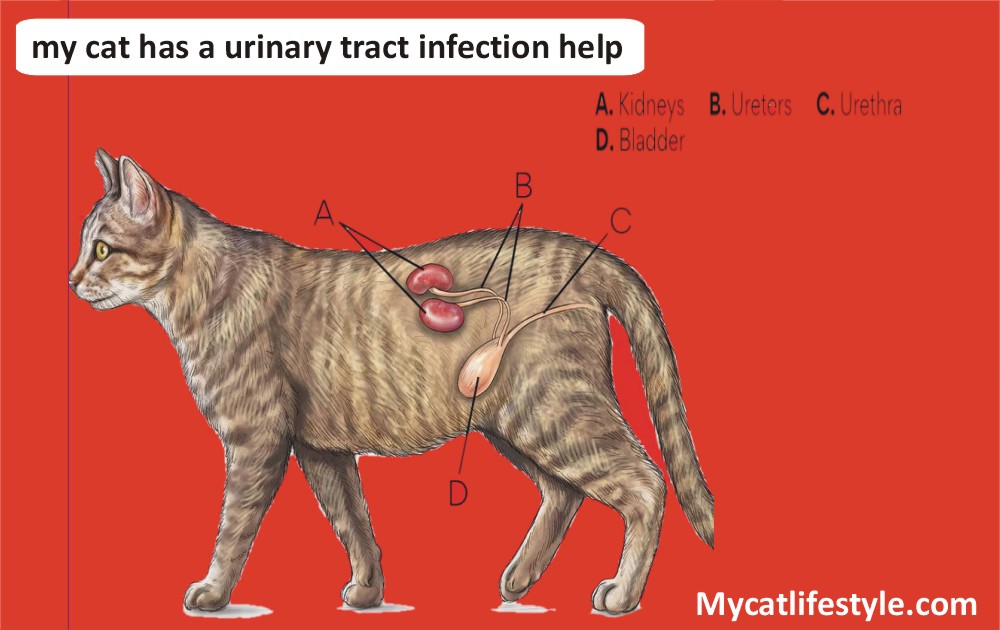
What does a urinalysis look at?
When your cat shows signs of urinary issues and visits the vet, a urinalysis is often the first step in the diagnostic process. This critical test helps distinguish between a urinary tract infection (UTI) and other conditions with similar symptoms. A urinalysis provides valuable insights into your cat’s urine health by examining various components:
- Urine Specific Gravity
- PH Levels
- Ketenes
- Glucose
- Bilirubin
- Blood
- Protein
After measuring these aspects, the sample is centrifuged to settle cells and debris at the tube’s bottom, allowing for microscopic examination. This closer look can uncover red and white blood cells, bacteria, and crystals, each telling a story about your cat’s urinary health.Depending on the findings, especially if crystals are detected, your vet might suggest further imaging tests like X-rays or an ultrasound to investigate the possibility of bladder stones, guiding the next steps in managing your cat’s urinary health.
A common symptom of FLUTD includes:
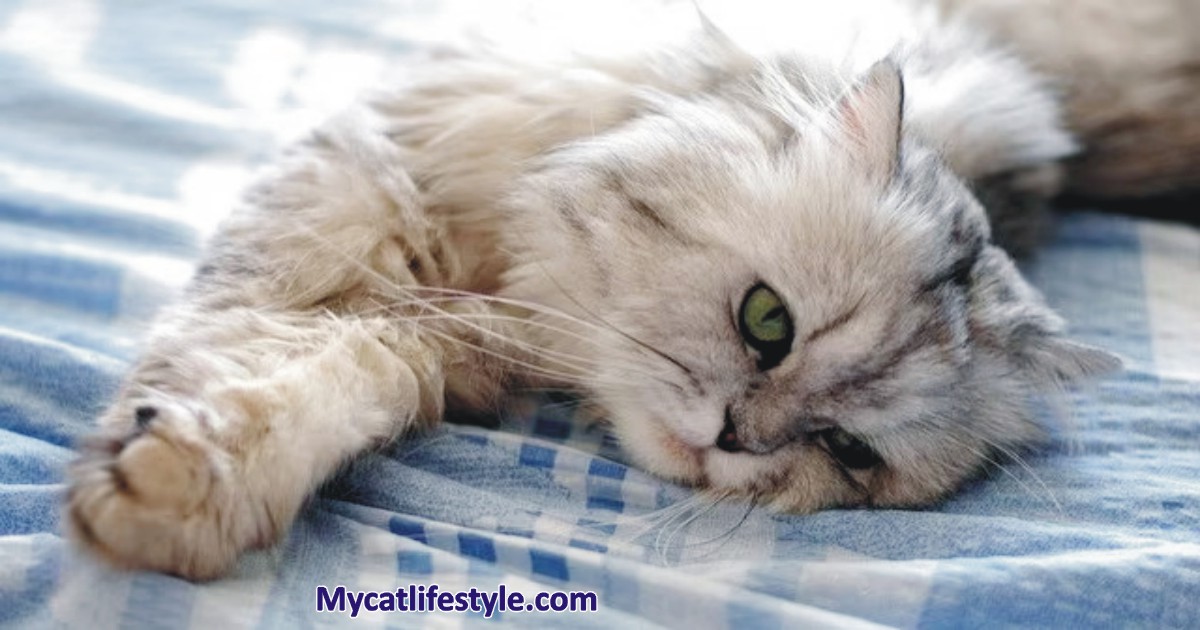
When dealing with Feline Lower Urinary Tract Disease (FLUTD), cats often show several noticeable symptoms. These include frequent trips to the litter box with little urine output, choosing unusual spots for urination (like bathtubs or on tile floors), vocal discomfort during urination, visible blood in their urine, and an increase in grooming around their genital region.
Affected cats might also exhibit lethargy and a noticeable change in temperament, possibly becoming irritable. FLUTD can stem from a variety of causes, making it essential to conduct a thorough veterinary examination and possibly further diagnostic testing to pinpoint the exact issue.
These tests might encompass urinalysis to check urine pH, concentration, the presence of crystals, signs of bleeding, inflammation, or infection. If these initial tests don’t reveal the cause, further investigations such as urine culture, X-rays, ultrasound, blood tests, and additional urine analyses might be needed.
Veterinary costs can accumulate quickly, so preventative measures like diet modification, stress reduction, outdoor time, and cranberry-based supplements are advised to help fend off FLUTD, especially in aging cats.
Common FLUTD triggers include:
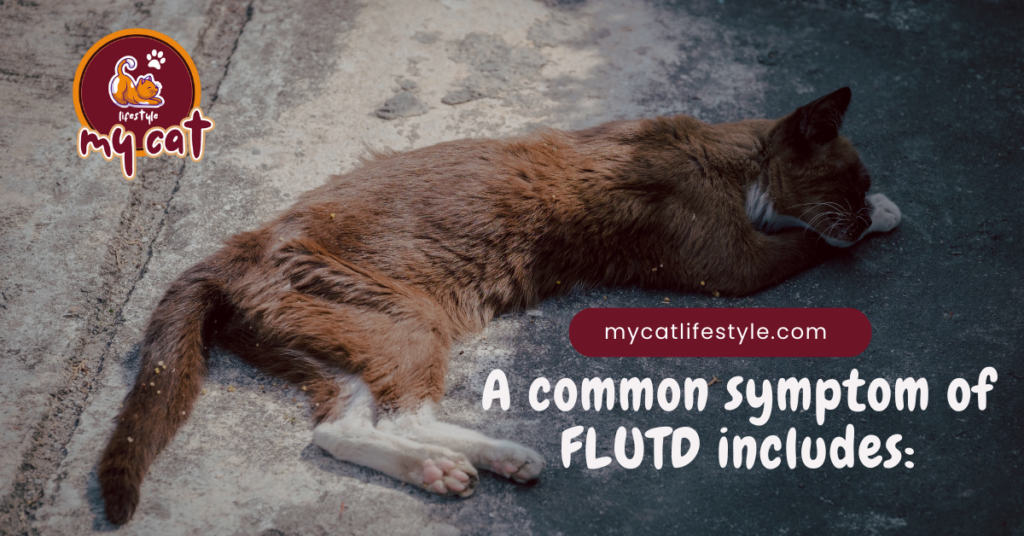
1.Urinary Tract Infections (UTIs)
While not overly common in cats, UTIs, when they do occur, are often due to bacterial infections, with E. Coli being a frequent culprit. On occasion, more unusual pathogens like fungi, parasites, or viruses might be responsible.
Advanced UTIs require a urine analysis and culture to accurately identify the infecting agent, ensuring the prescription of an appropriate antibiotic. Incorrect antibiotic use can contribute to the growing concern of antibiotic resistance, a significant challenge in both human and veterinary medicine.Bladder infections are relatively rare in young cats due to their typically acidic urine, which naturally wards off infections. However, older cats, especially those on a dry food diet or with conditions like kidney disease or diabetes, are at a greater risk.
2.Bladder Stones (Uroliths)
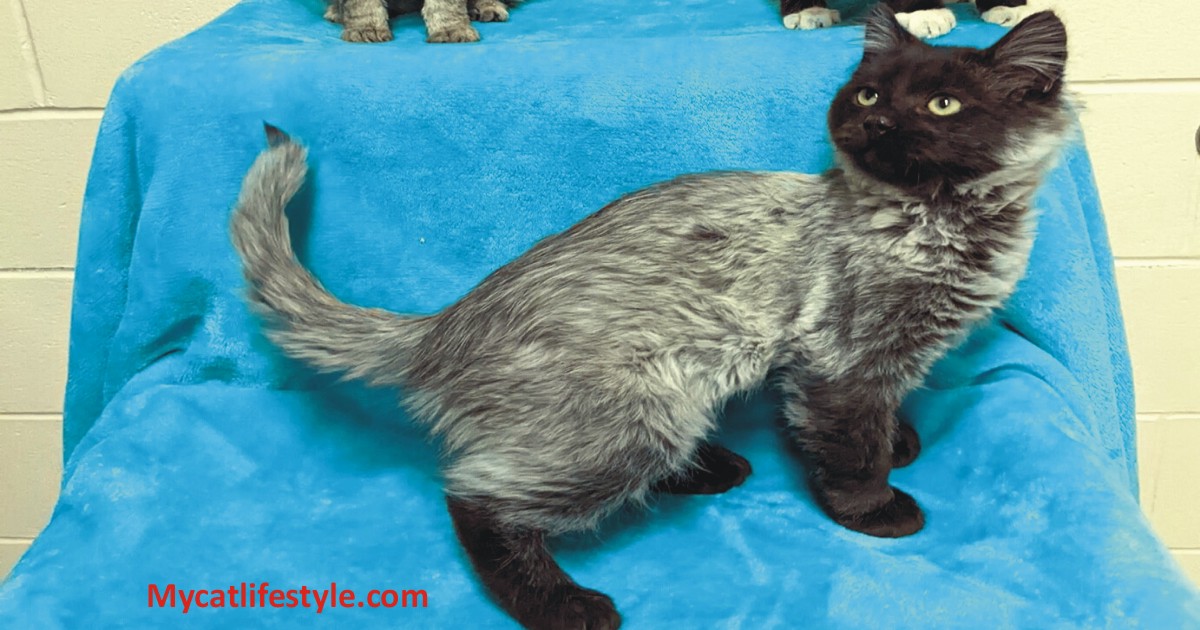
Diet or infections can lead to the formation of bladder stones. The most common types in cats are struvite and calcium oxalate stones. Struvite stones can often be managed without surgery, with some pet owners using specific supplements to dissolve or prevent these stones and UTIs. Calcium oxalate stones, however, require surgical removal.
3.Urethral Obstruction
This serious condition occurs when a blockage prevents urine from exiting the bladder, leading to straining with little or no urine production. This could be due to bladder stones or urethral plugs composed of various materials. It’s more common in male cats due to their narrower urethra. A complete urinary blockage is an emergency that requires immediate veterinary attention to prevent life-threatening complications.
Immediate veterinary consultation is crucial if your cat stops urinating for 24 hours due to potential blockage risks, as delayed treatment can lead to critical health issues.
What Are the Symptoms of Urinary Tract Problems in Cats?
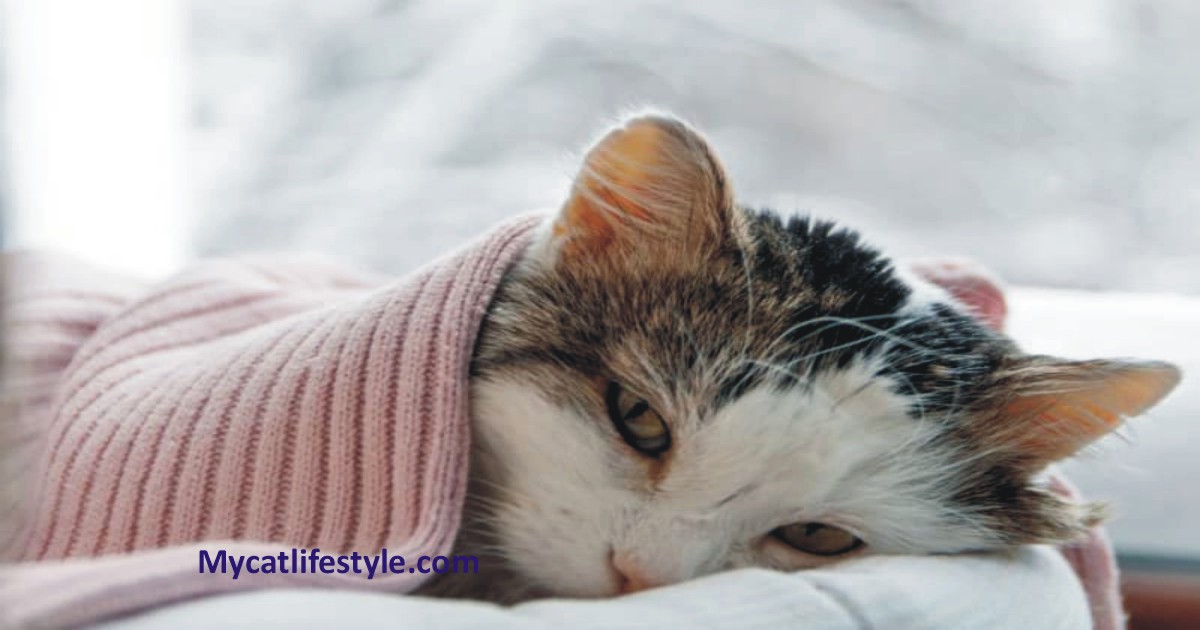
While urinary tract infections in cats can pose serious risks, the silver lining is that their symptoms are usually quite noticeable. Key indicators of a urinary issue in cats encompass:
- Repeatedly entering and exiting the litter box.
- Managing to pass only minimal amounts of urine.
- Vocalizing pain, such as howling or crying, during urination.
- An unusual increase in the licking of their genital area.
- The presence of blood in their urine.
- Efforts to urinate seem strained.
- Choosing to urinate outside the litter box or in unsuitable locations.
- Spending more time than usual attempting to urinate.
Recognizing these signs early can be crucial in seeking timely veterinary care and improving your cat’s health and comfort.
What to do if Your Cat is Having Urinary Issues
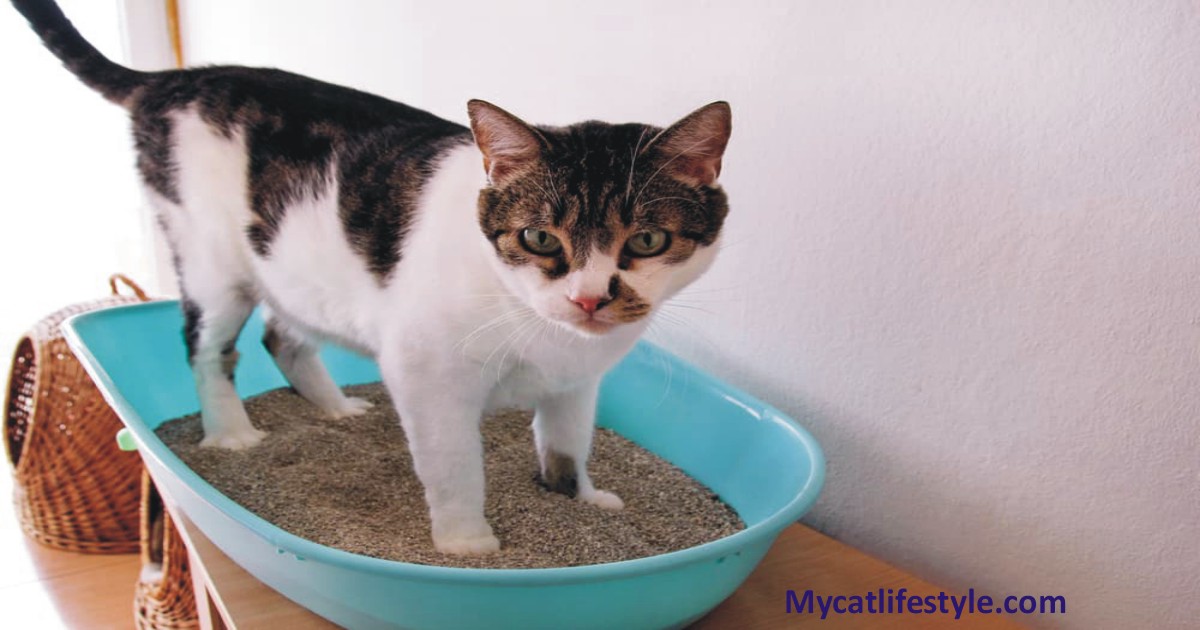
If you notice your cat showing signs of urinary discomfort similar to what we’ve discussed, it’s crucial to get them evaluated by a veterinarian as soon as possible. Urinary issues can quickly escalate into severe complications, like blockages, if not addressed.
At the vet’s, a series of diagnostic tests will be conducted to pinpoint the issue, whether it’s a urinary tract infection (UTI) or something else. This typically includes a urine culture to identify any bacteria, like E. coli, and a urinalysis to assess the urinary pH and check for blood.

These tests are vital in uncovering the underlying cause, which could range from infections and crystals to inflammation. Based on the diagnosis, treatment options may vary. For infections or urinary problems, antibiotics might be prescribed.
If crystals are detected, your vet might suggest a specialized prescription diet designed for urinary health. Such diets aim to prevent the formation of crystals by altering the urinary environment.
In cases where your cat is in pain or showing difficulty while urinating, pain relief medications and antispasmodics for bladder inflammation might also be recommended for immediate relief. It’s essential to follow your vet’s advice closely to ensure your cat recovers quickly and maintains optimal urinary health.
Related Artical: Can I Bathe My Cat After Neutering Or Spaying?
6 Ways to Treat a Cat UTI at Home
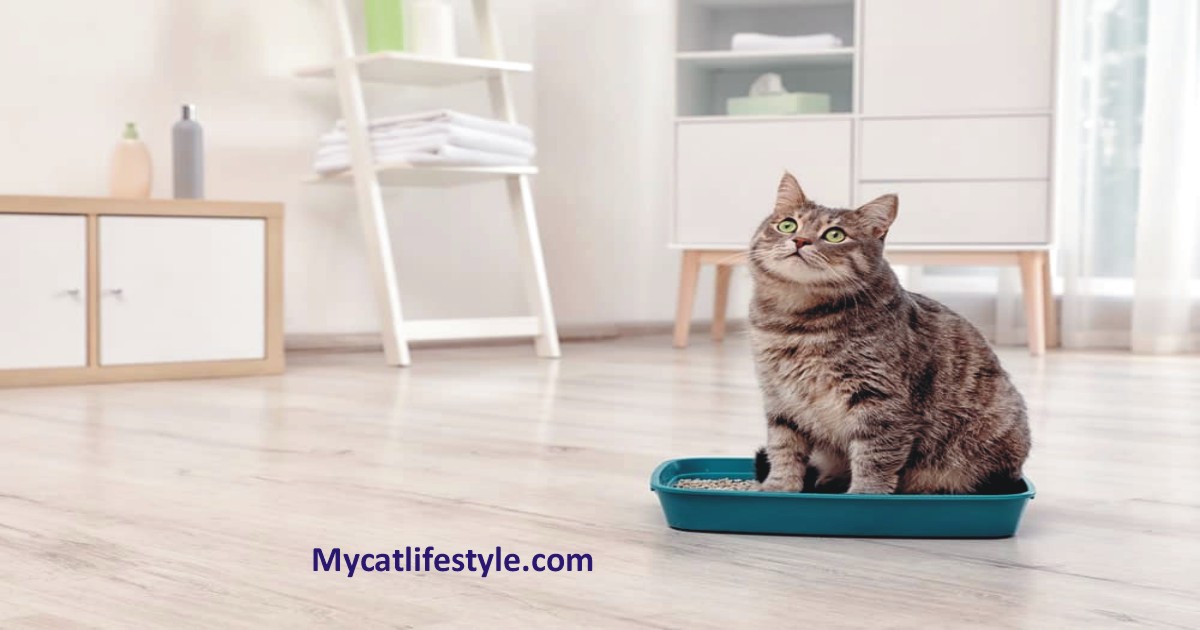
Here are six effective strategies for managing a cat’s urinary tract infection (UTI) at home. It’s crucial to consult with a veterinarian if your cat is having difficulty urinating to rule out other health concerns, such as kidney issues. A professional evaluation is always the best approach.
Nonetheless, you can explore some home remedies to ease UTI symptoms or prevent urinary issues in your cat. Should your cat also display vomiting related to their UTI, consider researching home remedies specifically for cat vomiting to ease their discomfort.

1.Enhance Hydration
Encouraging your cat to drink more water is essential for their urinary health. Increasing fluid intake can help flush out substances that may cause urinary problems, like crystals or bacteria. Enhance your cat’s water consumption by incorporating wet food into their diet, maintaining clean and accessible water bowls, and avoiding plastic bowls to prevent irritation.
2.Minimize Stress
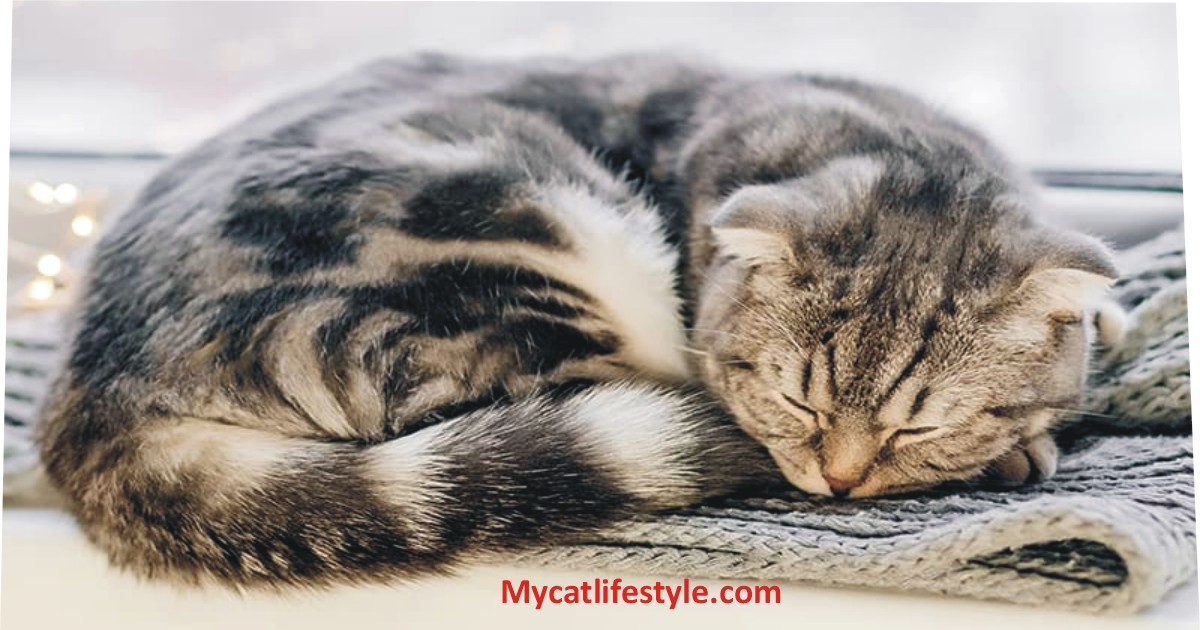
Stress can exacerbate urinary problems, including Feline Idiopathic Cystitis (FIC). Create a calming environment by providing your cat with various levels for climbing and hiding, engaging in play, and minimizing stressors such as frequent house changes, excessive guests, or introducing new pets.
4.Specialized Diets
Although not a direct treatment for UTIs, prescription diets can foster a healthier urinary tract and lessen the risk of complications like crystal formation and FIC.
4.Maintain a Clean Litter Box
Keeping the litter box clean is crucial for cats with UTIs to encourage regular use. In multi-cat households, ensure there is at least one more litter box than the number of cats to provide a clean and tranquil space for each cat.
5.Homeopathic Remedies
For early signs of urinary issues, consider homeopathic treatments, which often include ingredients like cranberry and d-mannose. These remedies are available in various forms, such as liquids, food toppers, or treats.
6.Additional Supplements
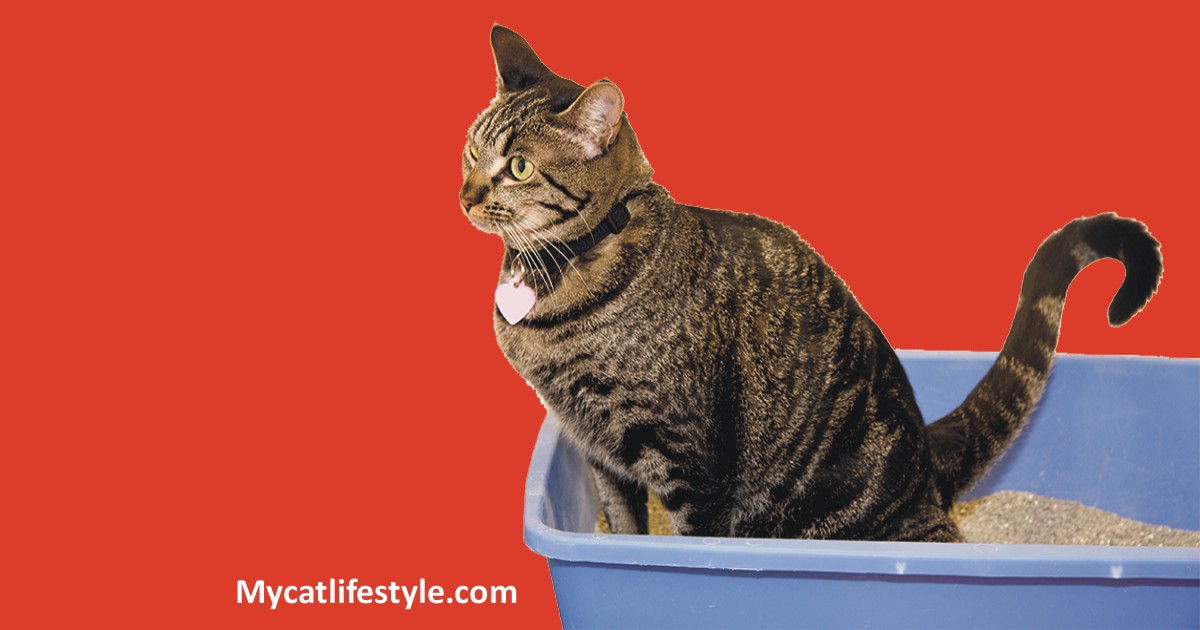
Beyond UTI-specific supplements, other options can alleviate your cat’s discomfort. Synthetic pheromone diffusers mimic calming natural cat pheromones. CBD products (without THC) and urinary acidifiers can also be beneficial, but consult with a veterinarian before use.
Cosequin, typically used for joint issues, may also help reduce bladder inflammation. Always prioritize professional veterinary advice and consider these home strategies as supportive measures for your cat’s urinary health.
Frequently Asking Questions
If you believe your cat has a urinary tract infection, it is advisable to seek veterinary care swiftly in most situations. Delaying therapy in male cats, even by a few hours, may be lethal. For females, transitioning to a diet consisting only of canned food is a beneficial first step while awaiting your veterinarian consultation, which should be arranged promptly after seeing symptoms. Typically, after the veterinarian visit, you may administer one or more suggested drugs and provide your cat with a canned diet to take care of at home.
Can I give my cat cranberry juice for a UTI?
Although cat products on the market include cranberries and are branded as therapies for urinary tract infections, scientific research has not shown their effectiveness. Indeed, altering the pH of your feline’s urine, a common effect of cranberry use could result in undesirable issues such as forming crystals and stones. Using cranberry juice or cranberry products to treat urinary tract infections (UTIs) in cats is not recommended.
Can cats get UTIs from a dirty litter box?
Certain felines may choose to retain their pee instead of using an unclean litter box, similar to how individuals could decide against using a filthy portable toilet. Suppressing the release of urine can induce urinary tract ailments, such as urinary tract infections.
Can a cat UTI go away by itself?
A cat in good health with a robust immune system may be able to successfully combat a minor urinary tract infection (UTI) that does not exhibit any symptoms. If you see any indications, it is probable that your cat needs medical intervention and should be taken to the veterinarian.
How long can a cat’s UTI go untreated?
If your male cat is exhibiting signs of urinary tract infection (UTI), promptly taking him to a veterinarian is imperative. If a female cat exhibits clinical symptoms such as difficulty urinating, peeing outside the litter box, many tiny urinations, or the presence of blood in the urine for a duration exceeding 1-2 days, it is advisable to seek veterinary care. Urinary tract infections (UTIs) may cause significant discomfort and, if not treated, can progress to pyelonephritis, an Infection in the kidneys that can spread throughout the body.
Conclusion
Urinary tract infections (UTIs) are a common concern among feline companions, but often there is a treatable underlying cause. To mitigate and prevent urinary tract infections in cats, it is crucial to ensure they follow a species-appropriate diet and to check their environment for potential stressors that could worsen the condition. Fortunately, there is an abundance of effective at-home remedies to alleviate the distress associated with urinary tract infections and to promote the well-being of your cherished feline companion.
However, it is important to remember that if your cat experiences urinary incontinence, shows signs of pain, or has blood in their urine, seeking immediate veterinary care is essential. Consulting a veterinarian is advisable in severe cases. Nonetheless, when identified early, these natural cat supplements and remedies can significantly influence the healing and treatment of urinary tract infections, thereby restoring your cat’s health.

